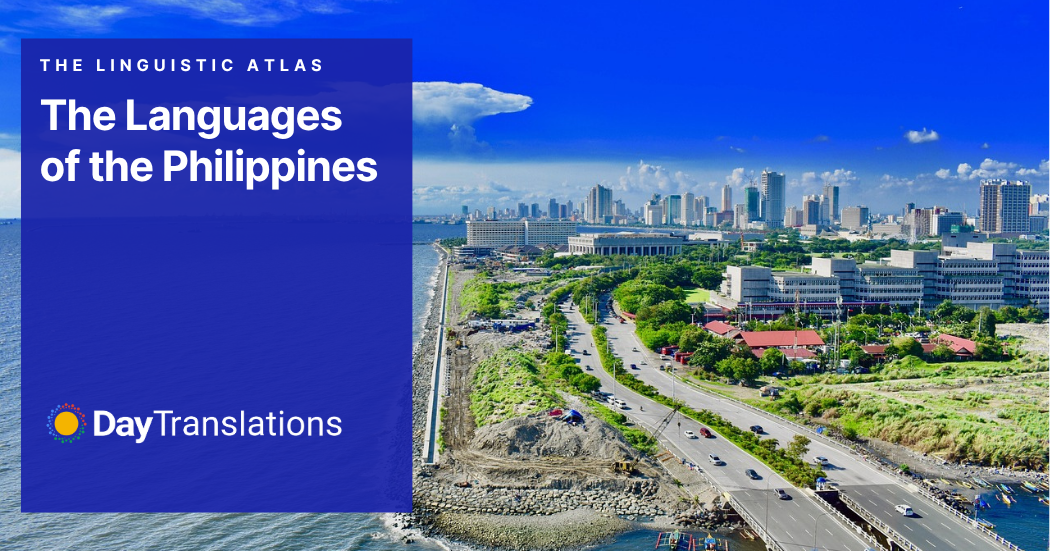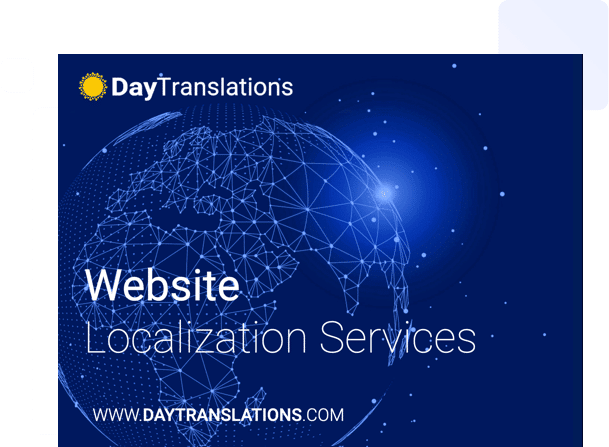The Philippines is an island nation made up of more than 7,600 islands, and each island tells its story not just through landscapes and legends, but through language. With an estimated 183 individual languages spoken across the archipelago, the languages of the Philippines are as vibrant and diverse as its culture.
But amidst this linguistic kaleidoscope, there’s often confusion: What language do they speak in the Philippines? Is it Tagalog, Filipino, or English? And what’s the difference, anyway? In this week’s edition of The Linguistic Atlas, we explore everything from the official languages of the Philippines to endangered regional dialects you’ve likely never heard of.
How Language Defines the Philippines
Few countries in the world are as linguistically rich as the Philippines. With over 183 living languages (according to Ethnologue), it’s one of the most multilingual nations in Southeast Asia. These languages are part of the Malayo-Polynesian branch of the Austronesian language family, connecting the Philippines linguistically with Indonesia, Malaysia, and even as far as Madagascar and Hawaii.
The number of languages in the Philippines is a direct result of its geography. The nation’s thousands of islands have allowed communities to develop independently, preserving their own dialects and languages over centuries. Add to this mix a couple of layers of colonial history, globalization, and migration, and you get a Philippine language profile that is incredibly complex and fascinating.
What Are the Official Languages of the Philippines?
So, let’s start with the official status. What are the official languages of the Philippines? According to the Philippine Constitution of 1987, there are two official languages of the Philippines: Filipino and English.
Filipino Language
The Filipino language is the national language, and it’s based primarily on Tagalog, the native language of the Manila region. Over the years, it has absorbed elements from other Philippine languages, as well as Spanish, English, and Chinese. Filipino is used in schools, media, signage, and day-to-day informal communication across the country.
But here’s the twist: while Filipino is intended to evolve into a truly national language representing all regions, it remains very close to standard Tagalog. This has caused some tension among speakers of other languages who feel underrepresented.
English
The second official language of the Philippines, English, is a legacy of American colonization in the early 20th century. It remains the primary language of business, government, law, and higher education. Most Filipinos are bilingual, and English is widely spoken, even outside metropolitan areas.
In practice, you’ll often hear “Taglish,” a fluid mix of Tagalog and English, especially among younger generations and in urban centers like Manila and Cebu.
What Language Do They Speak in the Philippines
This is one of the most frequently asked questions on the internet: what language do they speak in the Philippines.
The answer isn’t as simple as “Filipino” or “English.”
In reality, most Filipinos grow up speaking three or more languages:
- A local regional language (like Cebuano or Ilocano) as their mother tongue
- Filipino for national communication
- English for formal education and global discourse
This complex multilingual setup means that code-switching (moving between languages in the same sentence or conversation) is completely normal in Filipino society.
Major Regional Languages in the Philippines
While Filipino and English hold the spotlight as official tongues, regional languages dominate everyday life. In fact, according to the Komisyon sa Wikang Filipino (KWF), there are 19 major regional languages used widely in the country.
Here are some of the most spoken:
Cebuano
Spoken primarily in the Visayas and parts of Mindanao, Cebuano has the largest number of native speakers in the country, more than Tagalog. It’s the primary language in cities like Cebu City, Davao, and Cagayan de Oro.
Ilocano
Used in northern Luzon, Ilocano is the dominant language of the Ilocos Region and parts of the Cordillera Administrative Region.
Hiligaynon (Ilonggo)
Spoken mainly in Western Visayas, including Iloilo and Bacolod, Hiligaynon has a melodic tone and is rich in oral storytelling traditions.
Waray-Waray
Common in Eastern Visayas, Waray is known for its unique vocabulary and pronunciation. It is used in Samar and Leyte.
Bicolano
Used in the Bicol Region, Bicolano (or Bikol) has several dialects and a strong Spanish influence.
Other major regional languages include Kapampangan, Pangasinan, Tausug, Maguindanaoan, and Maranao.
These languages aren’t just spoken, they’re also used in regional media, local literature, and even elementary school instruction through the Mother Tongue-Based Multilingual Education (MTB-MLE) program introduced in 2012.
The Philippines Language in Education
The Philippines’ education system recognizes the value of native languages in learning. The Department of Education rolled out the MTB-MLE program to promote better comprehension by teaching children in their first language during the early years of schooling.
Currently, 19 regional languages are used in early education, including Tagalog, Cebuano, Ilocano, and others. Filipino and English are introduced gradually, creating a balanced, multilingual educational approach.
This strategy helps children transition smoothly between their home language and the country’s official languages. It also plays a critical role in preserving linguistic heritage across generations.
Colonial Influence on the Languages in the Philippines
To understand the modern languages in the Philippines, it is essential to examine the country’s colonial past.
- Spanish was the official language for more than 300 years of Spanish rule. While it’s no longer widely spoken, its influence is deeply embedded in Filipino vocabulary. Thousands of words in Filipino and other regional languages derive from Spanish, especially terms related to religion, time, governance, and numbers.
- English came with the American occupation in 1898 and rapidly became a dominant force in education and governance. It has since shaped Filipino pop culture, legal systems, and professional communication.
Interestingly, Chavacano, a Spanish-based creole language, is still spoken in Zamboanga and a few other areas. It blends Spanish with local grammar and vocabulary, offering a living glimpse into the country’s colonial linguistic legacy.
Endangered Languages and Language Loss
While many Philippine languages thrive, others are in danger of extinction. According to UNESCO, several languages of the Philippines are classified as vulnerable, endangered, or even extinct.
For example:
- Inagtâ Alabat, spoken by a small community on Alabat Island, has fewer than 10 speakers left.
- Yogad, a language in northern Luzon, is rarely used by younger generations.
- Ibanag, Itawis, and Isinay are also seeing declines in usage.
Efforts are being made to document and revitalize these languages through community programs, digital resources, and the work of linguists and cultural advocates.
Digital Media and the Rise of Multilingual Content
Social media and online platforms are helping revitalize local languages. Filipino YouTubers, TikTokers, and podcasters increasingly produce content in regional tongues. This not only keeps these languages relevant but also helps younger audiences connect with their roots in a modern format.
The inclusion of regional languages in Google Translate and other AI-driven tools is also playing a role in normalizing multilingual content and boosting accessibility.
Summary: What Are the Languages of the Philippines?
To recap:
- The official languages of the Philippines are Filipino and English.
- There are 183 languages in the Philippines, making it one of the most linguistically diverse countries in the world.
- What language do they speak in the Philippines? The answer is: usually three or more, depending on the region.
- Regional tongues like Cebuano, Ilocano, Hiligaynon, and Waray are spoken by millions.
- The Filipino language is a modernized, nationalized version of Tagalog, used across the country for informal and formal communication.
- The Philippines’ language system is shaped by centuries of migration, colonization, and cultural exchange.
The Philippines as a Living Linguistic Atlas
The languages of the Philippines are more than just tools of communication; they are carriers of stories, traditions, and identity. In a world where linguistic homogenization is increasingly common, the Philippines stands out as a proud example of multilingual resilience.
Whether you’re traveling to Cebu, studying in Manila, or exploring the remote islands of Mindoro, don’t be surprised if you hear three or four different languages in a single day. That’s just part of the magic of this archipelago, where language is as fluid, dynamic, and colorful as its sunsets.












Sorry, the comment form is closed at this time.